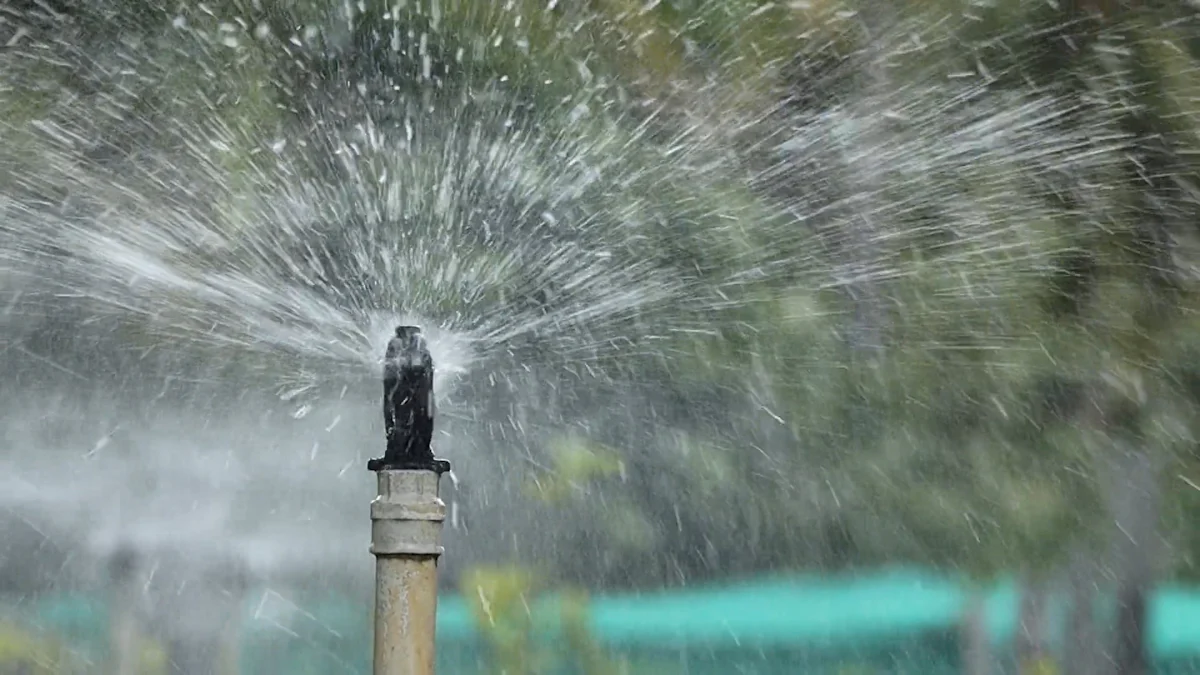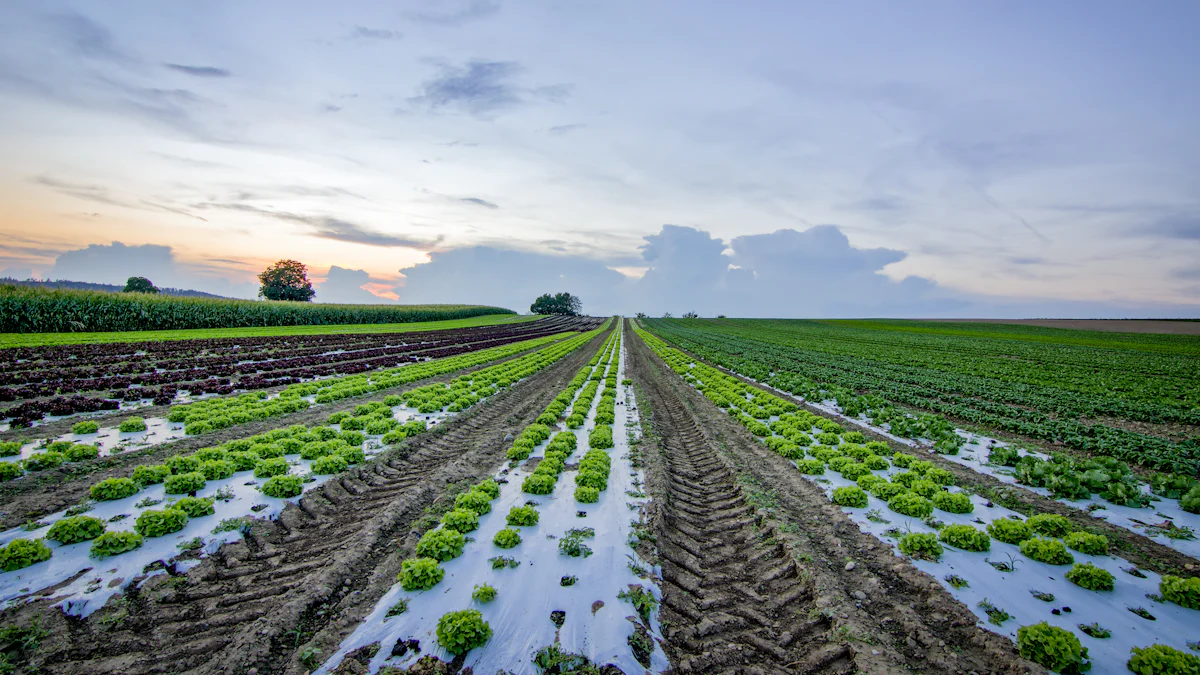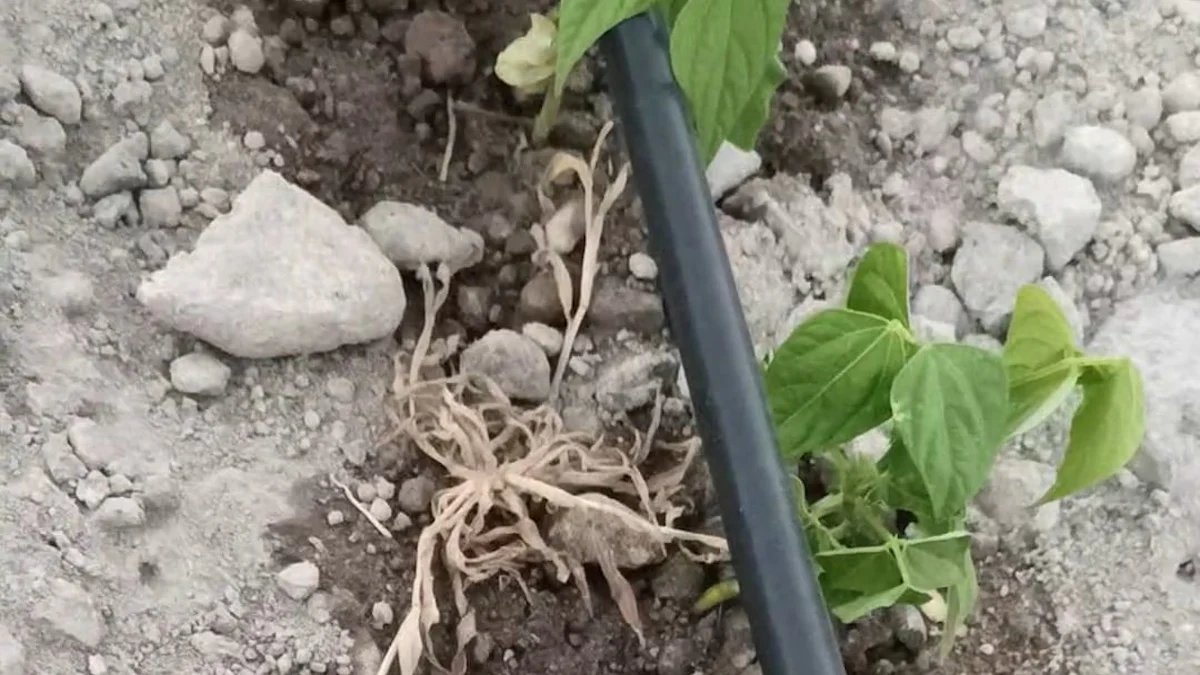
Maintaining irrigation systems ensures efficiency, reduces costs, and protects the environment. Regular upkeep prevents water waste and promotes better plant health. It also minimizes operational expenses by avoiding expensive repairs. Smart irrigation practices, such as cleaning and replacing components, optimize water usage and enhance system performance. A trusted irrigation equipment manufacturer plays a vital role in providing durable tools and expert guidance, empowering users to achieve long-term sustainability and reliability in their irrigation systems.
Key Takeaways
- Regularly inspect your irrigation system for leaks, clogs, and damaged components to prevent costly repairs and ensure efficient water flow.
- Utilize smart technology, such as weather-based controllers and soil moisture sensors, to optimize watering schedules and conserve water.
- Perform seasonal adjustments to your irrigation schedule, reducing watering frequency in cooler months and increasing it during hot, dry periods.
- Replace worn or damaged parts promptly with high-quality components from a trusted manufacturer to maintain system efficiency and longevity.
- Consider professional assistance for complex issues or system upgrades to ensure thorough inspections and effective solutions.
- Implement regular cleaning and maintenance of filters, nozzles, and emitters to promote optimal water distribution and plant health.
- Invest in water-efficient equipment, like drip irrigation systems and low-flow nozzles, to significantly reduce water waste and lower utility costs.
Regular Inspections and Maintenance

Conduct Routine System Checks
Inspect for leaks, clogs, and damaged components.
Regular inspections are vital to maintaining an efficient irrigation system. Leaks, clogs, and damaged components can disrupt water flow and lead to wastage. A thorough monthly check helps identify these issues early. For example, inspecting pipes and connections ensures there are no hidden leaks that could escalate into costly repairs. Identifying clogs in nozzles or emitters prevents uneven water distribution, which can harm plant health.
Check sprinkler heads for proper alignment and functionality.
Sprinkler heads often shift out of alignment due to environmental factors or accidental impacts. Misaligned sprinklers waste water by spraying unintended areas. Checking their alignment ensures water reaches the intended zones. Additionally, testing their functionality helps detect blockages or mechanical failures. Adjusting or replacing malfunctioning sprinkler heads improves overall system performance.
Clean and Maintain System Components
Remove debris from filters, nozzles, and emitters.
Filters, nozzles, and emitters accumulate debris over time, reducing water flow and efficiency. Cleaning these components regularly ensures optimal performance. For instance, removing dirt and sediment from filters prevents blockages that could disrupt water delivery. Keeping nozzles and emitters clear allows for consistent water distribution, promoting healthy plant growth.
Flush the system periodically to prevent blockages.
Periodic flushing removes accumulated debris and mineral deposits from the system. This practice prevents clogs that could damage components or reduce efficiency. Flushing is especially important in areas with hard water, where mineral buildup occurs more frequently. A well-maintained system operates smoothly and delivers water effectively.
Replace Worn or Damaged Parts
Identify and replace cracked pipes, faulty valves, or broken sprinkler heads.
Worn or damaged parts compromise the efficiency of an irrigation system. Cracked pipes and faulty valves can cause leaks, while broken sprinkler heads fail to distribute water properly. Replacing these components promptly minimizes water waste and prevents further damage. Regular inspections help identify such issues before they escalate.
Use high-quality replacement parts from a reliable irrigation equipment manufacturer.
Choosing durable replacement parts ensures long-term reliability. High-quality components, such as those offered by a trusted irrigation equipment manufacturer, enhance system performance and longevity. For example, durable pipes and efficient sprinkler heads withstand wear and tear, reducing the need for frequent replacements. Investing in reliable parts saves time and money in the long run.
Smart Technology Integration
Install Smart Controllers
Use weather-based controllers to adjust watering schedules automatically.
Smart controllers revolutionize irrigation by utilizing real-time weather data to optimize watering schedules. These advanced devices analyze local weather conditions, such as rainfall and temperature, to determine the precise amount of water needed. By adjusting schedules automatically, they prevent overwatering and reduce water waste. This technology ensures plants receive the right amount of hydration, promoting healthier growth while conserving resources.
Program zones based on plant types and soil conditions.
Programming irrigation zones enhances system efficiency by catering to the specific needs of different plants and soil types. For instance, drought-tolerant plants require less water compared to moisture-loving varieties. Similarly, sandy soils drain water quickly, while clay soils retain moisture longer. By tailoring watering schedules for each zone, users can ensure optimal water distribution, improving plant health and minimizing unnecessary water usage.
Utilize Sensors for Efficiency
Implement soil moisture sensors to avoid overwatering.
Soil moisture sensors provide precise data on the water content in the soil. These sensors help users determine when plants need watering, eliminating guesswork. By delivering water only when necessary, they prevent overwatering, which can lead to root rot and wasted resources. This approach not only conserves water but also supports sustainable irrigation practices.
Use flow sensors to detect leaks and monitor water usage.
Flow sensors play a crucial role in maintaining an efficient irrigation system. These devices monitor water flow rates and detect leaks or irregularities in the system. Early detection of leaks prevents water loss and potential damage to the landscape. Additionally, tracking water usage helps users identify areas for improvement, ensuring the system operates at peak efficiency.
Upgrade to Water-Efficient Equipment
Replace traditional sprinklers with drip irrigation systems.
Drip irrigation systems deliver water directly to the roots of plants, minimizing evaporation and runoff. This method ensures that water reaches where it is needed most, promoting healthier plant growth. Compared to traditional sprinklers, drip systems use significantly less water, making them an ideal choice for conserving resources and reducing utility costs.
Opt for low-flow nozzles to reduce water waste.
Low-flow nozzles enhance irrigation efficiency by distributing water at a slower rate. This controlled flow reduces runoff and allows the soil to absorb water more effectively. By replacing standard nozzles with low-flow alternatives, users can achieve better water distribution while minimizing waste. This simple upgrade contributes to a more sustainable and cost-effective irrigation system.
Seasonal Adjustments

Adapt Irrigation Schedules
Reduce watering frequency during cooler months.
Plants require less water during cooler months due to reduced evaporation and slower growth rates. Adjusting irrigation schedules to decrease watering frequency conserves water and prevents over-saturation of the soil. Monitoring weather patterns helps determine the optimal intervals for watering. This practice not only saves resources but also promotes healthier plant development.
Increase watering during hot, dry periods as needed.
Hot and dry conditions increase water loss through evaporation and transpiration. Plants may show signs of stress, such as wilting or browning, during these periods. Increasing watering frequency ensures that plants receive adequate hydration to thrive. Dividing watering sessions into shorter durations prevents runoff and allows the soil to absorb water effectively.
Winterize Your System
Drain and shut off the system to prevent freezing damage.
Freezing temperatures can cause water in irrigation systems to expand, leading to cracked pipes and damaged components. Draining the system removes residual water, reducing the risk of freezing damage. Shutting off the main water supply to the irrigation system provides an additional layer of protection. This step ensures the system remains intact throughout the winter season.
Insulate exposed pipes and components.
Exposed pipes and valves are particularly vulnerable to freezing temperatures. Wrapping these components with insulation materials, such as foam or heat tape, shields them from the cold. Insulation acts as a barrier, maintaining a stable temperature around the pipes. This preventive measure extends the lifespan of the irrigation system and minimizes repair costs.
Prepare for Spring Start-UpTest the system for functionality after winter.
Before resuming irrigation in spring, testing the system ensures all components function properly. Checking for leaks, clogs, or damaged parts identifies issues that may have occurred during winter. Running a test cycle allows users to assess water pressure and coverage. Addressing any problems early ensures the system operates efficiently for the growing season.
Reprogram controllers for the growing season.
Spring marks the beginning of active plant growth, requiring adjustments to irrigation schedules. Reprogramming controllers to match seasonal needs optimizes water usage. Setting appropriate watering times and durations for each zone ensures plants receive adequate hydration. This step prepares the system for efficient operation and supports healthy plant development.
Professional Assistance
When to Call an Expert
Address complex issues like major leaks or electrical problems.
Certain irrigation system problems require professional expertise. Major leaks, for instance, can lead to significant water loss and damage if not addressed promptly. Electrical issues, such as malfunctioning controllers or wiring faults, demand specialized knowledge to resolve safely and effectively. Professionals possess the tools and experience to diagnose these complex problems accurately. Their intervention ensures the system operates efficiently without risking further complications.
Seek help for system design upgrades or expansions.
Upgrading or expanding an irrigation system involves careful planning and technical precision. Professionals can assess the landscape, recommend suitable equipment, and design systems tailored to specific needs. For example, they can integrate advanced technologies like smart controllers or drip irrigation systems to enhance efficiency. Seeking expert assistance ensures the upgraded system meets performance expectations and aligns with water conservation goals.
Benefits of Professional Maintenance
Ensure thorough inspections and repairs by trained technicians.
Trained technicians provide comprehensive inspections that go beyond surface-level checks. They identify hidden issues, such as underground leaks or pressure imbalances, that may escape the untrained eye. Their expertise allows them to perform precise repairs, ensuring the system functions optimally. Regular professional maintenance prevents minor problems from escalating into costly repairs, safeguarding the system’s longevity.
“Professionals bring expertise, experience, and specialized tools to the table,” says a representative from Skyline Pump. “They can diagnose problems accurately and provide long-lasting solutions.”
Save time and avoid costly mistakes with expert guidance from an irrigation equipment manufacturer.
Professional maintenance saves users valuable time by streamlining the inspection and repair process. Experts handle intricate tasks efficiently, allowing users to focus on other priorities. Additionally, their guidance minimizes the risk of costly mistakes, such as improper installations or overlooked damages. Collaborating with a trusted irrigation equipment manufacturer ensures access to high-quality components and reliable advice. This partnership enhances system performance and reduces long-term expenses.
According to Picano Landscaping, “Expert services ensure your system runs efficiently year-round. This reduces water waste and lowers bills.”
Maintaining irrigation systems requires consistent effort and attention. Regular inspections, smart technology integration, seasonal adjustments, and professional assistance form the foundation of effective system care. These practices ensure efficient water usage, reduce costs, and extend the lifespan of the system. Proactive maintenance not only prevents costly repairs but also supports sustainable water management. Partnering with a trusted irrigation equipment manufacturer like INOVATO provides access to high-quality products, such as pop-up sprinklers and hunter-type water sprayers, along with expert advice. This collaboration empowers users to achieve long-term reliability and optimal performance in their irrigation systems.
Media Contact
Company Name: Yuyao Sun-rainman Irrigation Equipment Factory
Email: Send Email
Country: China
Website: https://www.inovato-zm.com/

